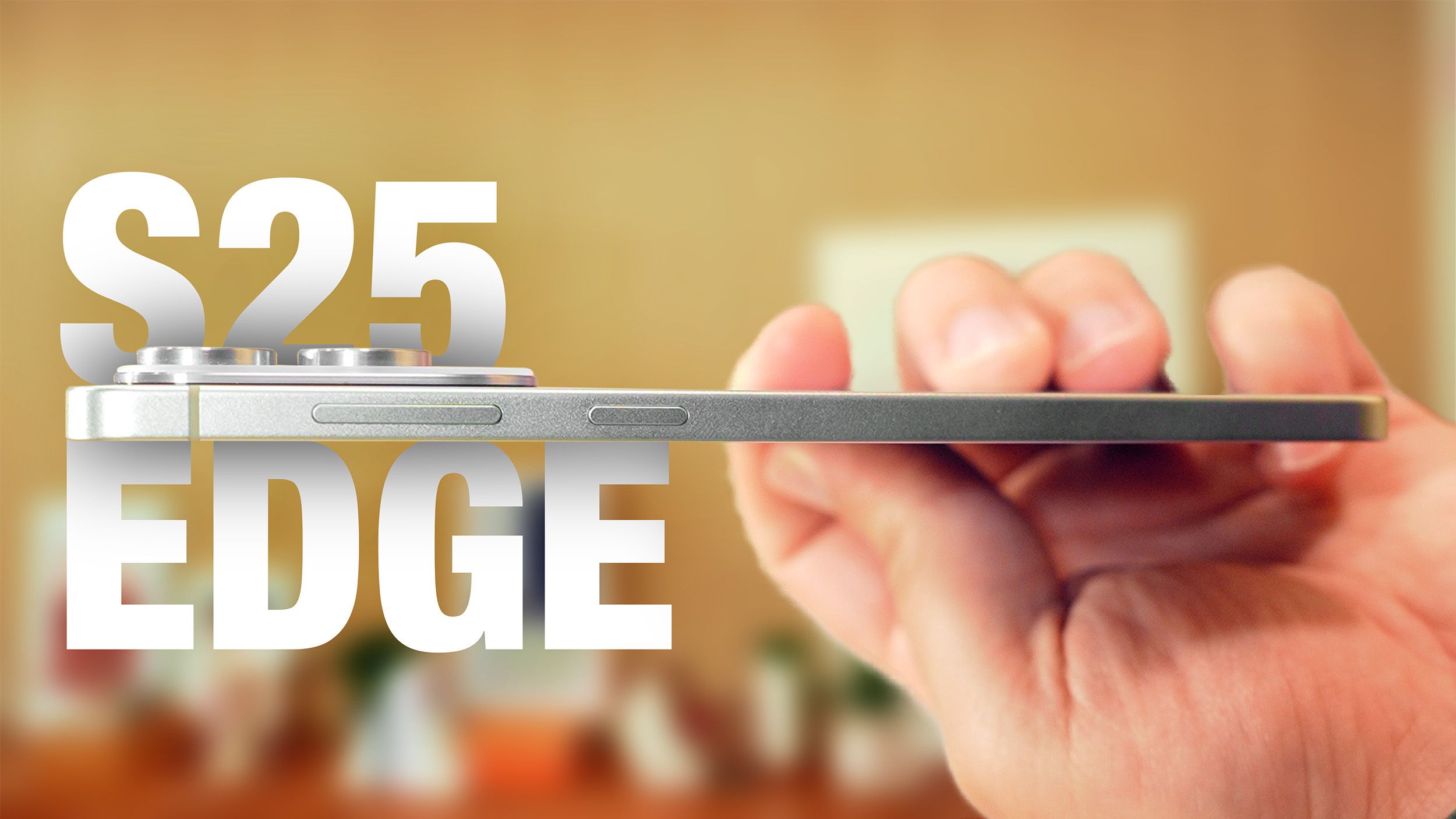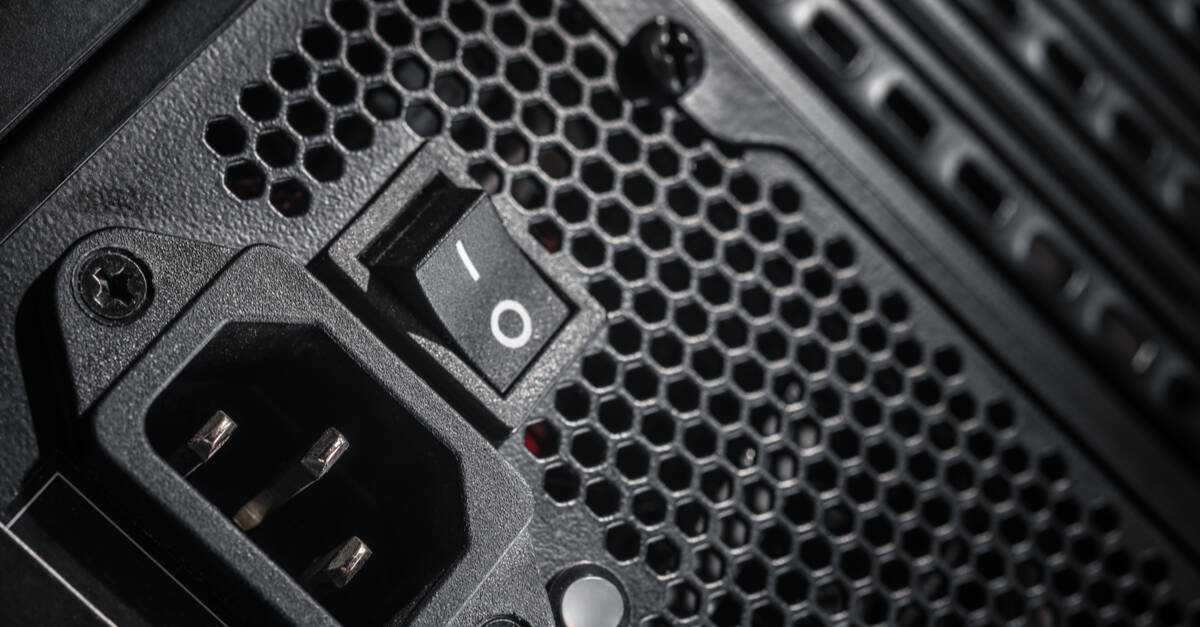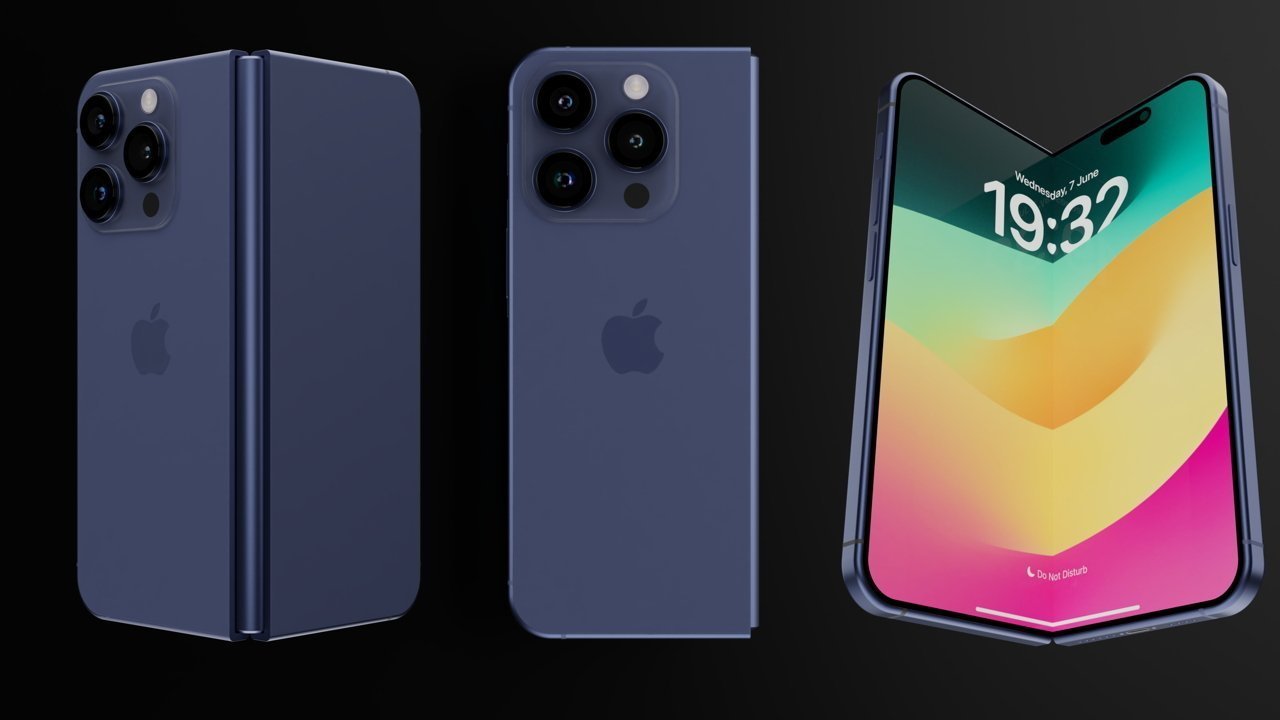
Microsoft’s vision for AI PCs looks a lot like another crack at Cortana
If you’re keeping an eye on the tech world, you’ve probably noticed Microsoft’s renewed push to embed advanced AI features into PCs. This vision for AI PCs looks a lot like another crack at Cortana, Microsoft’s once-promising digital assistant that never quite found its footing. In this article, you’ll discover how Microsoft is evolving its AI strategy, what this means for your computing experience, and how it compares to past attempts like Cortana.
Table of Contents
- Microsoft’s AI PC Vision
- Lessons from Cortana
- How AI Will Change Your PC Experience
- Potential Challenges and Criticisms
- What the Future Holds for AI PCs
- FAQs About Microsoft’s AI PCs Vision
Microsoft’s AI PC Vision
Microsoft’s latest vision centers on integrating AI deeply into Windows and PC hardware to create a smarter, more intuitive experience for you. Instead of just offering scripted voice commands, this new AI strategy aims to provide contextual understanding, suggestions, and assistance that feels more natural and helpful. It’s designed to help you multitask, organize your digital life, and accomplish tasks faster.
Unlike the original Cortana, which largely relied on voice commands and visual cues, this new approach leverages the power of large language models and machine learning to deliver personalized and context-aware interactions. Microsoft is betting that AI can become an invisible assistant that improves your workflow without being intrusive.
Lessons from Cortana
You might wonder why this attempt feels reminiscent of Cortana. Cortana was Microsoft’s early experiment in blending AI into PCs and mobile devices, but it failed to gain lasting traction. There are a few reasons why:
- Lack of integration: Cortana was often siloed from other apps and didn’t adapt well to your unique needs.
- Limited capabilities: Compared to competitors, Cortana couldn’t provide comprehensive assistance or understand complex queries.
- Privacy concerns: Users hesitated to adopt Cortana because of unclear data handling practices.
Microsoft learned from these challenges and has emphasized stronger integration, more powerful AI, and clearer privacy protocols in its new AI PC vision.
How AI Will Change Your PC Experience
The new wave of AI PCs will affect how you interact with your device in several exciting ways:
- Smarter multitasking: AI will help you manage multiple apps and windows, making it easier to switch focus and access relevant information promptly.
- Personalized productivity: Based on your habits, the AI can suggest tools, shortcuts, and workflows customized to your needs.
- Natural language interaction: You’ll be able to ask questions or give commands conversationally, not just via specific keywords.
- Enhanced accessibility: AI assistance can make computing easier for people with disabilities or those new to technology.
- Context-aware notifications: Instead of generic alerts, you’ll get notifications that matter most, delivered in smarter ways.
Overall, this vision aims to make your PC act less like a tool you have to master and more like a partner that anticipates your needs.
Potential Challenges and Criticisms
As promising as Microsoft’s AI PC vision sounds, there are some important challenges you should keep in mind:
- Privacy and security: Integrating AI deeply into your device raises questions about data collection and user consent.
- User trust: After experiences with Cortana and other assistants, some users remain skeptical about AI’s usefulness and transparency.
- Hardware requirements: New AI features may demand more powerful PCs, limiting adoption among users with older machines.
- Overdependence risk: There’s a chance that users might rely too heavily on AI, potentially diminishing digital skills or awareness.
Microsoft will need to address these barriers to ensure that AI-powered PCs are not only innovative but also responsible and user-friendly.
What the Future Holds for AI PCs
The development of AI PCs isn’t happening in isolation. Microsoft is part of a broader technology ecosystem that is rapidly evolving. Your future PC might work alongside cloud services, smart home devices, and mobile platforms — all powered by AI to create seamless experiences.
Microsoft’s vision also includes partnerships with hardware manufacturers and software developers to embed AI at every layer. This push is backed by advances in AI research, making it possible for your PC to offer insights and automation previously unthinkable. While it echoes the ambitions of Cortana, the current AI PC initiative is much more expansive and grounded in real-world AI breakthroughs.
For further reading on AI and its impact on technology, you can visit this in-depth article at Ars Technica.
FAQs About Microsoft’s AI PCs Vision
What exactly is Microsoft’s AI PC vision?
It’s Microsoft’s plan to deeply integrate advanced AI features into Windows PCs to create smarter, more personalized, and context-aware computing experiences.
How is this different from Cortana?
Unlike Cortana’s voice-command focus and limited scope, the new AI vision leverages large language models and contextual AI, offering more natural and powerful interactions across the PC environment.
Will this require new PC hardware?
Some AI features may require more powerful hardware, but Microsoft aims to optimize the experience across a range of devices.
Is my privacy safe with AI PCs?
Microsoft emphasizes stronger privacy protections and transparency, but it’s always a good idea to review your privacy settings and understand how your data is used.
When can I expect to experience these AI features?
Microsoft has begun rolling out early features and will continue expanding capabilities over the next few years as AI technology matures.
If you found this article helpful, please share your thoughts in the comments below, share it with your friends, or explore more content to stay ahead in the tech world!



